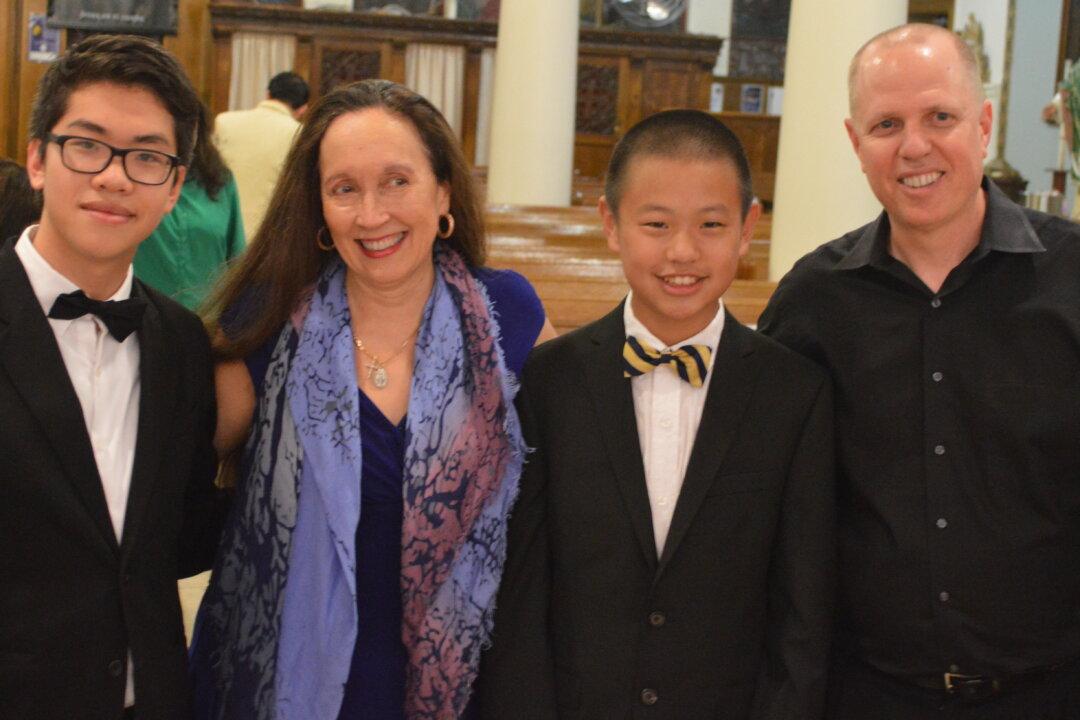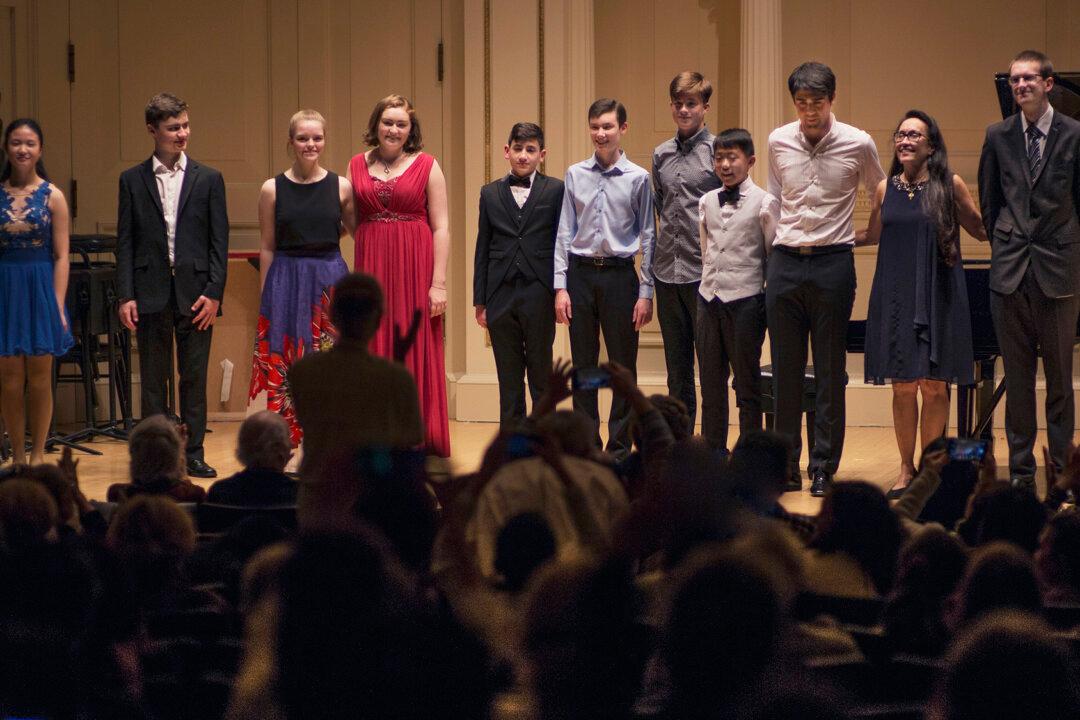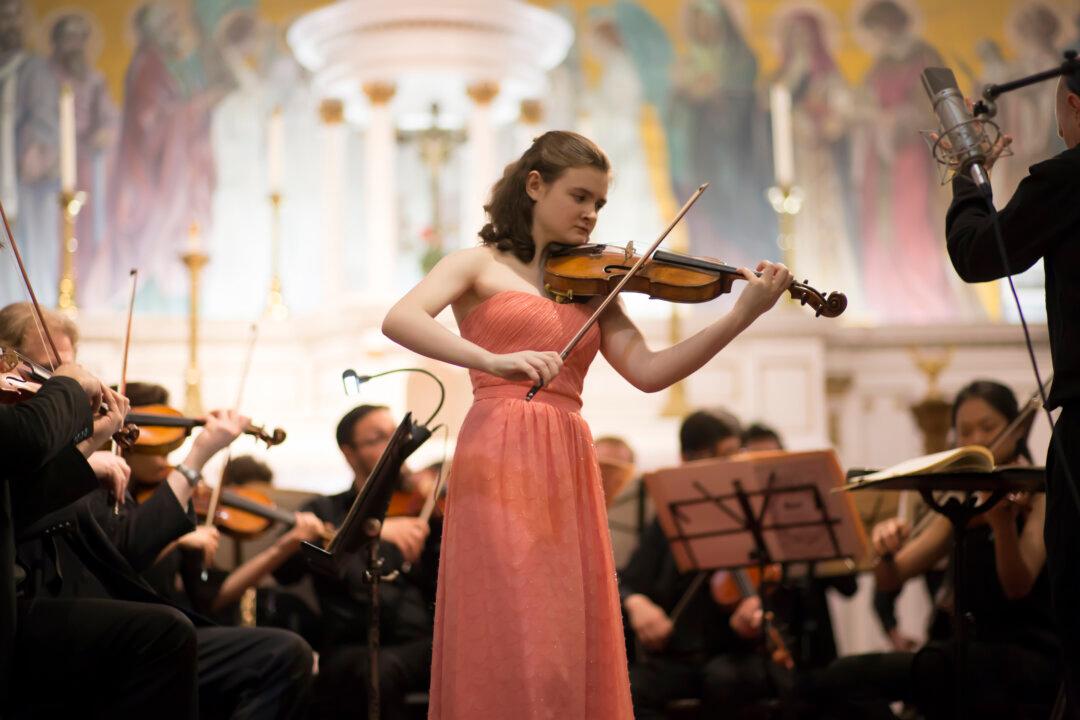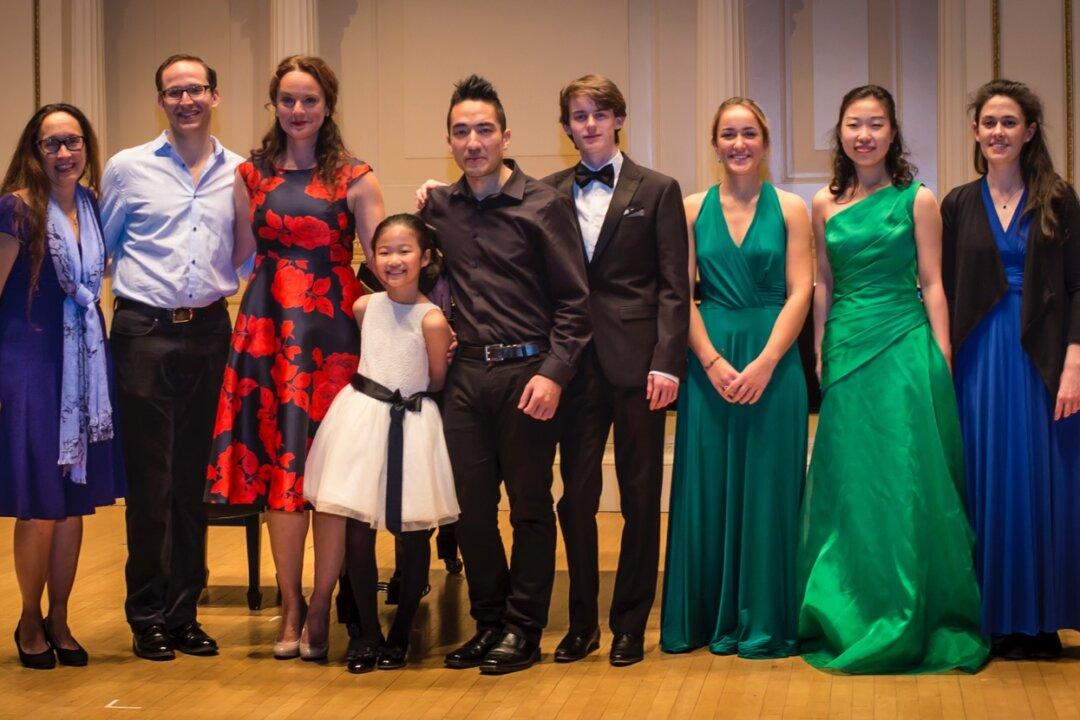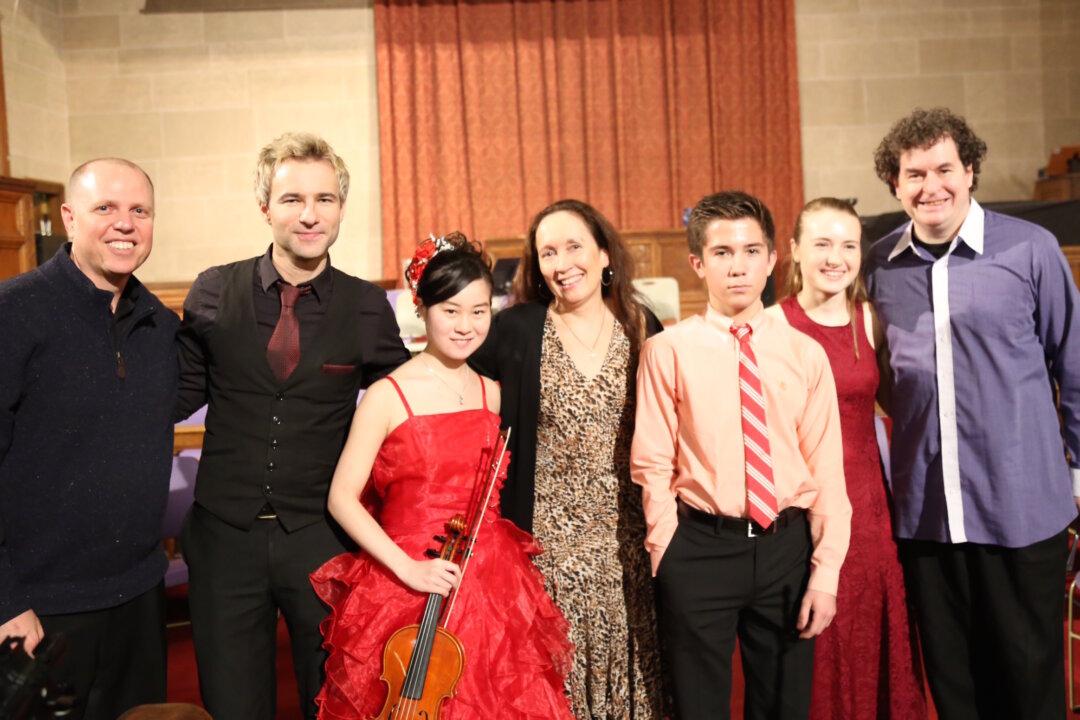NEW YORK—The nationalities and ethnicities of the New York Concerti Sinfonietta’s International Competition winners were so diverse, they foreshadow the Parade of Nations at the opening ceremonies of the 2016 Summer Olympics in Rio de Janeiro.
Countries represented included Australia, Germany, India, Ireland, Korea, the People’s Republic of China, Sweden, Taiwan, Turkey, the Ukraine, and the United States. Appropriately enough, a 2016 International Shining Star participant from Utah was the overall champion of his high school Academic Olympiad.
The Sinfonietta presented its Shining Stars Debuts June 1–6 in a series of five concerts. The June 3 flagship performance was given at Carnegie Hall’s Weill Recital Hall, with the remainder taking place in two historic Manhattan churches: St. Gregory the Great and St. Francis of Assisi. Carnegie Hall is currently celebrating its 125th anniversary season.
The Sinfonietta’s June programs comprised three concerto concerts with orchestra (enhanced by solo performers and chamber music), and two recitals. The players represented all ages, from gifted elementary school students, through those just launching their careers or in mid-career, to seasoned adults and guest artists.
Dr. Julie Jordan is Artistic Director/Founder of the New York Concerti Sinfonietta. Last year marked her 30th anniversary as a piano faculty member of The Juilliard School Evening Division. Paul Hostetter of Columbus State University–Georgia is principal conductor of the New York Concerti Sinfonietta. Both Dr. Jordan and Maestro Hostetter are Juilliard alumni.
Fresh Repertory
Although there was some duplication of repertory in the June concerts (Chopin’s Ballade No. 1 and Rachmaninoff’s Piano Concerto No. 2 were each played by two different performers), it was an opportunity to savor contrasting interpretative concepts.
Other works were rarely heard and welcome novelties, such as a seldom-played Mendelssohn piano trio, an early Mozart piano concerto, orchestral songs by Vaughan Williams, and a virtually unknown clarinet concerto by jazz master Artie Shaw.
Many of the performances at the June concerts were exceptional, leaving lasting impressions that will long linger in the memory of the audience.
Bountiful Bruch
Born in Dublin, Ireland, 21-year-old David Tobin is currently studying in Cologne, Germany. At Carnegie Hall, he played the finale of Max Bruch’s Violin Concerto No. 1 in G Minor, Op. 25, followed the next day by the same concerto’s first movement.


